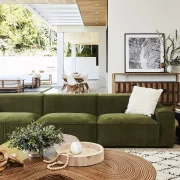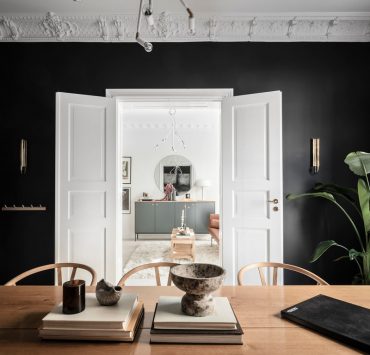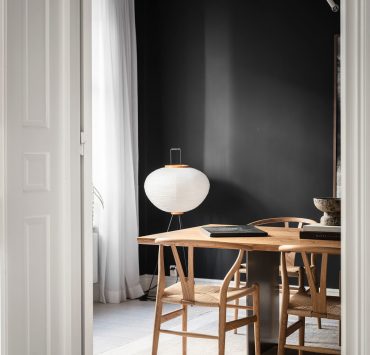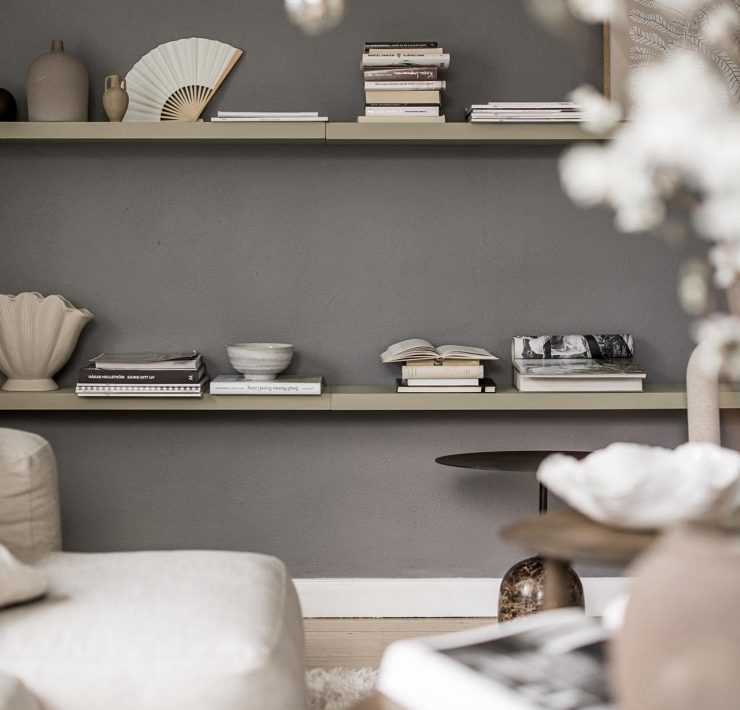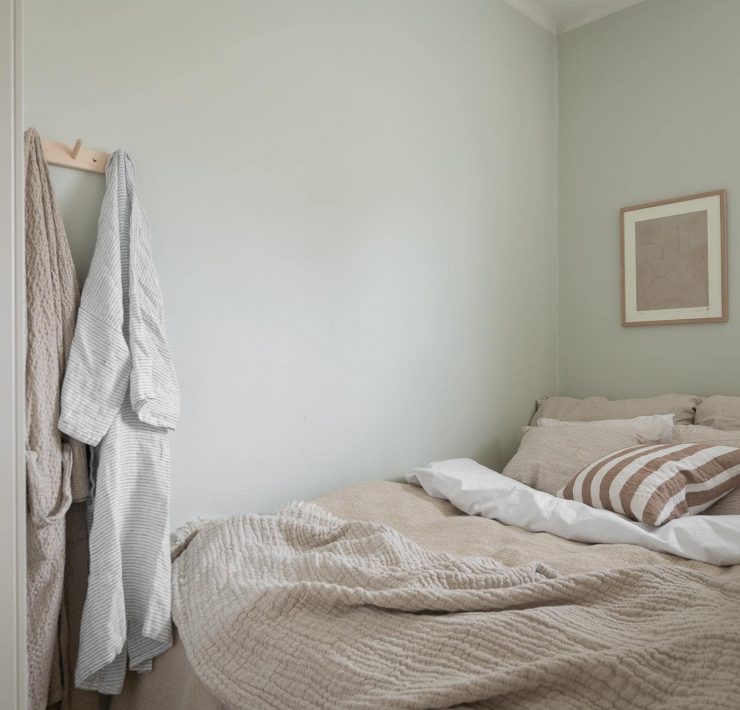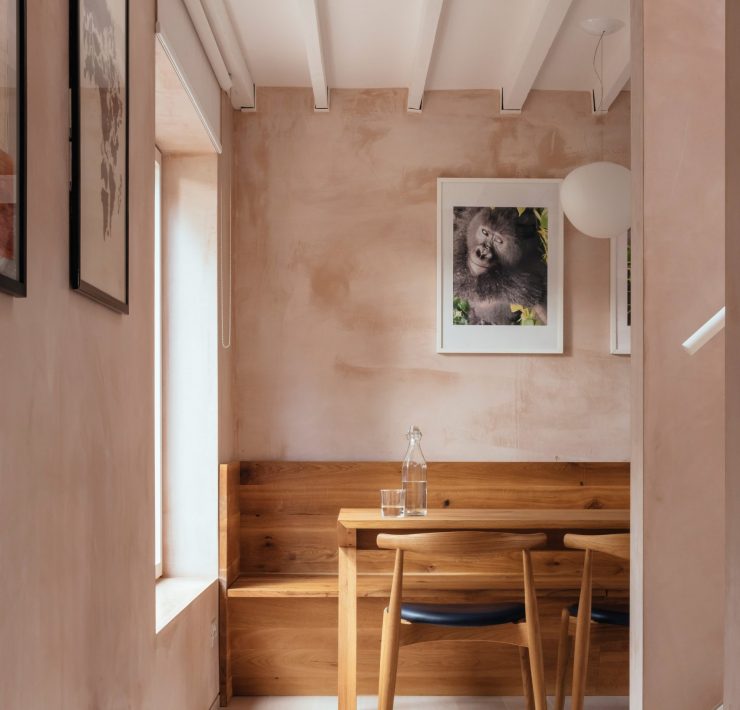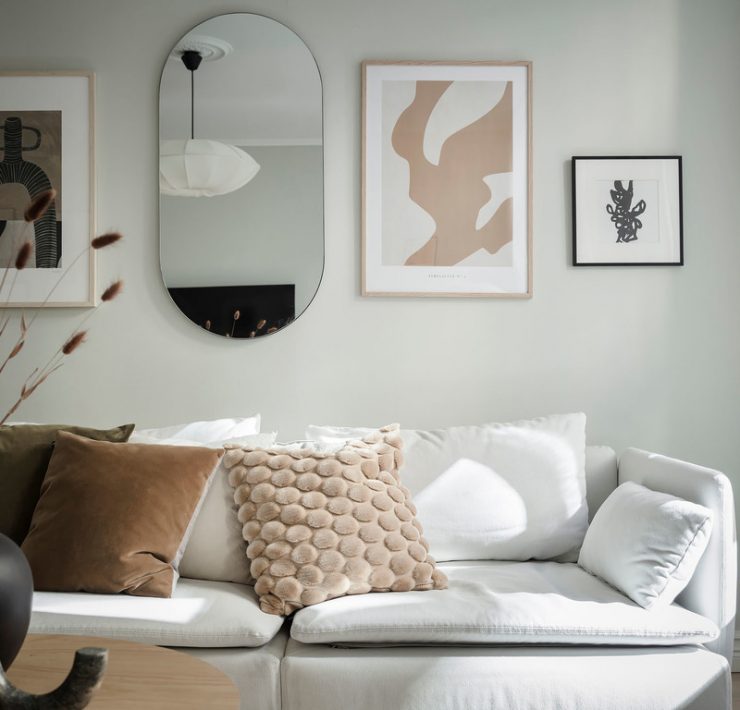Home » Interior Spaces » How can you mix and match wood tones in your home – With Confidence
How can you mix and match wood tones in your home – With Confidence

Searching for ideas on how to mix wood tones in your home? But lacking the confidence on where to start?
When it comes to home decoration, adding wooden tones and especially mixing them in a space can be a bit of a daunting process.
Questions like, where should I start? Which type of woods matches? And what about the application process?
I promise you, all these questions are normal to have and at one point I had them as well – and I am still having fun and exploring with them. What is important to remember is to have fun in the process, and by adding different wood types into your home and by mixing them – you are adding a powerful layer to your interior story.
In fact, speaking of layering, not mixing woods in your home can on the opposite make your home finish look, appear less visually interesting; it is in fact through the variety of the mixing that gives that extra finished, what some say, designers look.
Let’s grab our confidence together and start with the simple steps in how to think when mixing wood.
Mixing wood can create such an organic, familair and safe feeling in your home
Caroline

Photo by Tara Winstead from Pexels

THE SIMPLE WAY
How can you mix and match wood tones in your home?
Let’s get straight with the basics. First of all, we need to remember not to overcomplicate this process. Like anything else, your home will evolve as time goes and as you learn what you also like and do not like the feeling of.
So even if there are – yes, a few rules and tricks that can be used to help you out. And that for sure will be helpful to know of, as to get that more finished look that you may crave. They are not a “must” to follow – most importantly you should enjoy the process.
So what is the magical formula you might be asking? It is pretty straightforward – to some extent: the key is to find wood types that complement each other as well that adds contrast. And you will do this by understanding how to look at the tone of the wood, its grains and use methods on how to apply this using some design principles.

Photo by Anna Nekrashevich from Pexels
My Simple Steps on Mixing woods in your interior space

1. Find your dominant wood
Look into your room or home now and find which area is mostly covered in wood. This usually could be the flooring, wall paneling, or even kitchen cabinets as an example.
This would then be the dominant wood type that you should like to use, as to continue the steps below unless you are planning to change them out.
If you are starting your design from scratch then you can think of, are you already set on having a type of wood in larger areas of your house? If so, you should use this wood type as your guide continuing the steps below.

Credit: Entrance Makleri

Credit: Alvhem
2. Look at the undertone
Every wood type has an undertone, either they belong to the warmer, cooler, or neutral undertones.
Warm tones: More reddish and should be mixed with other cool-toned woods
Cool tones: More bluish and should be mixed with other cool-toned woods
Neutrals: In-between and can be mixed with both warm or cooler
By looking at the chart above (and your wood supplier will also be having a more extended list of this), you can identify which group your most dominant wood type that you either, want or have, belong to.
The reasoning is simple: the usual trick and guide are when mixing wood types in your room, is to stick to woods from the same group. So if you see that you are more leaned towards Ash, which belongs to the cool-toned group, then picking and mixing with other wood types with the same undertone – from the cooler group, will have the best result.
A difference in this happens when you have a more dominant color from the neutral undertone group, which are woods with an in-between tone and therefore works to mix them with both warm or cooler tones. It is your pick, depending on the feeling you are after.
A tip is to stand away from the wood from a distance and then you should be able to see if the wood is leaning more towards cooler or warmer tones.
Now when you have got the undertone sorted out….
Then it is fruitful to also understand that within the same undertone group you will also see some wood types being lighter – medium and dark in color. This is what it is referred to as value. For an easier blend and for adding more contrast, it is recommended to look for contrasting a lighter wood and medium wood, or if you feel brave go for a lighter-darker or medium-darker.
It is also said that it can be trickier getting the right look with values that are too close to each other, for example, two very light kinds of wood, but this is also up to own taste and style. And if you do like this type of style it is worth experimenting with.
Moving on nicely with this…a few more steps…


Credit: Alvhem
3. See the pattern the grains create
Now to the bit that is so easy to forget but that makes up a big story of the wood piece, is its grains. The grain is the pattern you see on the wood piece, and this can vary depending on the type of wood. For example, a wood-like Pine and Ash have completely two different setups when it comes to patterns and grains.
Look into the different wood grains, ideally on a larger sample or if you can see the actual wood applied in a setting, like the flooring, it will be easier to evaluate if you vibe with the scale and type of pattern that the grain has of the wood you like.
For a more minimalistic and simple look, I prefer not to have too many competing large-scaled grains in the woods competing for attention. Instead, I might go for smaller items with larger scaled grains and for the dominant areas with less emphasis on the grain but more focus on the tone. But then again a more dominant pattern also tells a unique and vibrant story.

Credit: Stadshem
Now to the more application process…
4. Think of repetition
Always repeat the same wood type at least twice in your room. The reasoning for this is to make sure this element is connected and creates a story within your room. And not in isolation.
You want the eyes to wander and your mind to explore the room by following a thread, your wood types…
And with that, it is also advised to think of how you actually balance your wood pieces in the room. While we do love a good dose of curated collections on a shelf, for the best outcome, make sure that your wood pieces are spread out within the room, and find a way to balance each other off.
For example, leaving a wood type on the left side of the room and then one on the right side, will not do too much to your space in regards to design. Instead, scatter the wood pieces around and you will create much more of a tied-together kinda space.
A trick I use is to scatter things around to my best knowledge and then step back and evaluate the space from different angles. And ask myself: What can I remove? What should I change? Are the pieces making my eyes wander?

Credit: Stadshem
5. Keep a common thread
As mentioned in step 4, but worth highlighting, you will want to make sure that the room flows and that you keep a common thread throughout the space and your home.
By making sure that you at least use the rule of at least repeating the same wood type twice but also thinking of how your wood pieces or finishes connects and both visually and emotionally tell a story. Then you are in a good place.

Credit: Entrance Makleri
Still with me? Now to the last step…
6. Layer with softer textures
Layering and softening up your wood pieces with textures creates a softness and a break and grounded feeling to the otherwise repeating wood finishes. This is especially a great trick where you wish to apply larger areas with wood.
For example, your wood flooring and dining table or coffee table, get a softer look by adding a rug between them too. This creates a layered effect that softness the visual impression while still emphasizing the different woods.

Credit: Stadshem

Credit: Alvhem
Wood is a natural material that provides a cozy, honest and natural feeling to any contemporary or Scandinavian interior style
Caroline
Want some extra tips?

Think of the feel you want to create
Adding wood to your space will create a homely and warm feeling. If this is the feeling you are after then mixing and applying more wood as a finish to your space and design can be the right fit for you, from a visual and emotional perspective.
If you are instead after a more minimalistic feel, then I would opt for mixing wood with other finishes like paint. I would also be selective on more woods with a more neutral or minimal grain color.
Mix Paint and Wood Finishes
Mix paint finish and wood finishes in your home for a more simple and less woody feeling. I tend to prefer a more mix of 70% painted finishes and 30% wood.
Add wood decor pieces
If you are like me and go through a change when it comes to, how much wood I actually like to be surrounded by in my home. (Growing up in a Swedish home with only pine and different wood finishes around – I at times love this as it reminds me of home, and also at times find this overwhelming).
If so, opt for incorporating more wood pieces as your decor items instead of using wood as finishes.
The smaller decor pieces will still give a warm feeling, especially if you have some extra wood on a stunning dresser or wood flooring. Even if the flooring will be dominant by then only focusing on smaller items, it will not appear as visually heavy with wood and the smaller pieces are also easier to change as your mood or season is changing.
Some of the wood decor pieces or smaller furniture I love to incorporate are boxes (that I usually find at local craft shops), baskets, trays, cutting boards, chairs, benches, plant stands, etc.
Neutral wood tone & Cooler finishes
I love the combination of selecting more neutral woods and juxtaposing this with cooler finishes. To me, this creates the right balance of softness, yet the fresh feeling that I like in homes.

I hope with these steps that you feel more confident in exploring the world of mixing woods within your next interior home project.
If you still feel unsure of where to start, I would advise you to visit your local wood shop as I am sure they will also be able to guide you through the process. Or you can see my list of online virtual interior design services that I have listed out. Or reach out if you need recommendations from some other interior designers, and I will share some of my friends’ contacts with you.
Let´s go and create!
Related
I am Caroline, an ex interior design consultant, turned into a content creator, 30+ something Swedish born with an insane passion and interest for design, blogging, and living a meaningful and creative life. Design to me is about creating a (your) story – it is about understanding what matters and how to create something unique and meaningful which speaks and motivates you.

